Throughout the years, wedding traditions have continuously evolved. The question of who buys the groom’s ring often arises due to the gender roles established with the inception of this tradition.
In contemporary times, there isn’t a steadfast rule that dictates who should purchase the groom’s wedding ring. While traditional practices involve the groom buying both his and the bride’s wedding rings, or the bride purchasing the groom’s ring as a gift, modern couples frequently opt to share expenses according to their respective financial capabilities.
This article provides insights on who can buy the groom’s wedding band, the evolution of this tradition, and the key considerations when purchasing a wedding ring.
Who Buys The Groom’s Ring?
Traditions
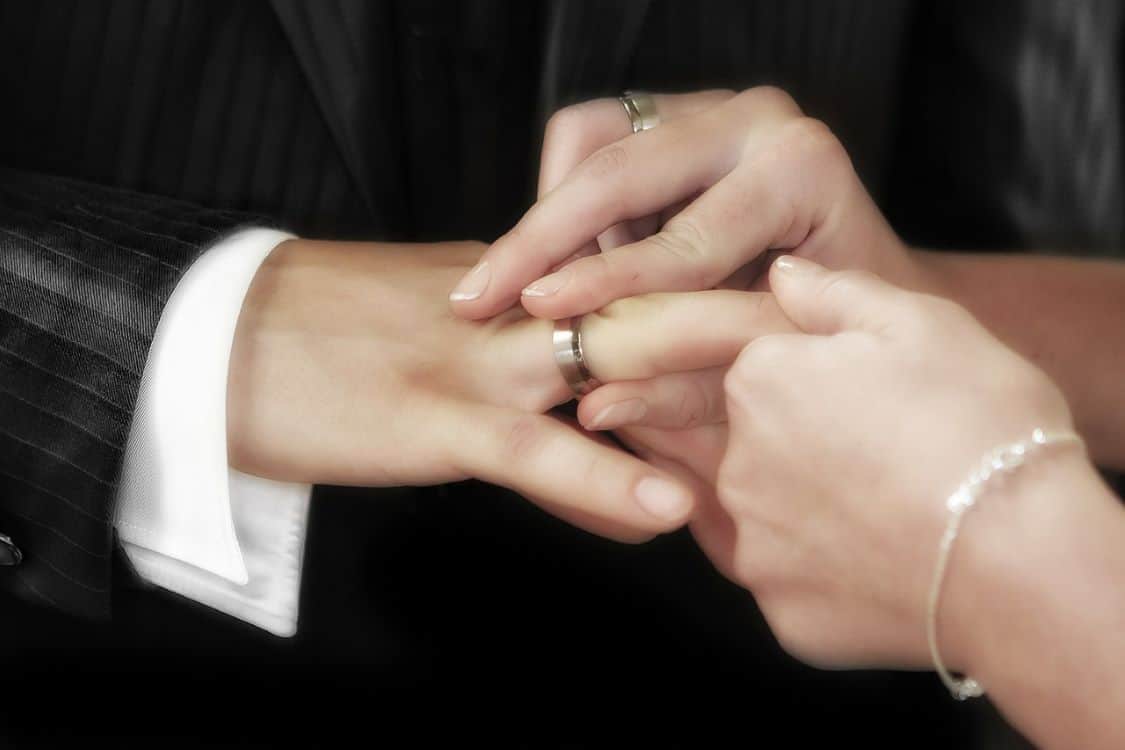
Historically, the groom would foot the bill for both his and the bride’s wedding bands. In societies where males traditionally assumed the role of the family’s financial provider, the expectation was for them to cover the cost of the wedding, including the wedding bands and subsequent events.
In more recent years, with an increasing number of women becoming economically independent, some brides opt to pay for the groom’s wedding ring, viewing it as a sentimental gift from her to him.
Today’s Practice
Today, the decision rests with the couple. Some prefer to uphold the tradition, while others make choices according to their financial situation.
For example, some partners will opt to split the bill evenly, while others will divide it based on their income disparity. This deviates from the traditional path as gender-specific roles are not strictly adhered to.
History of Women’s Wedding Bands
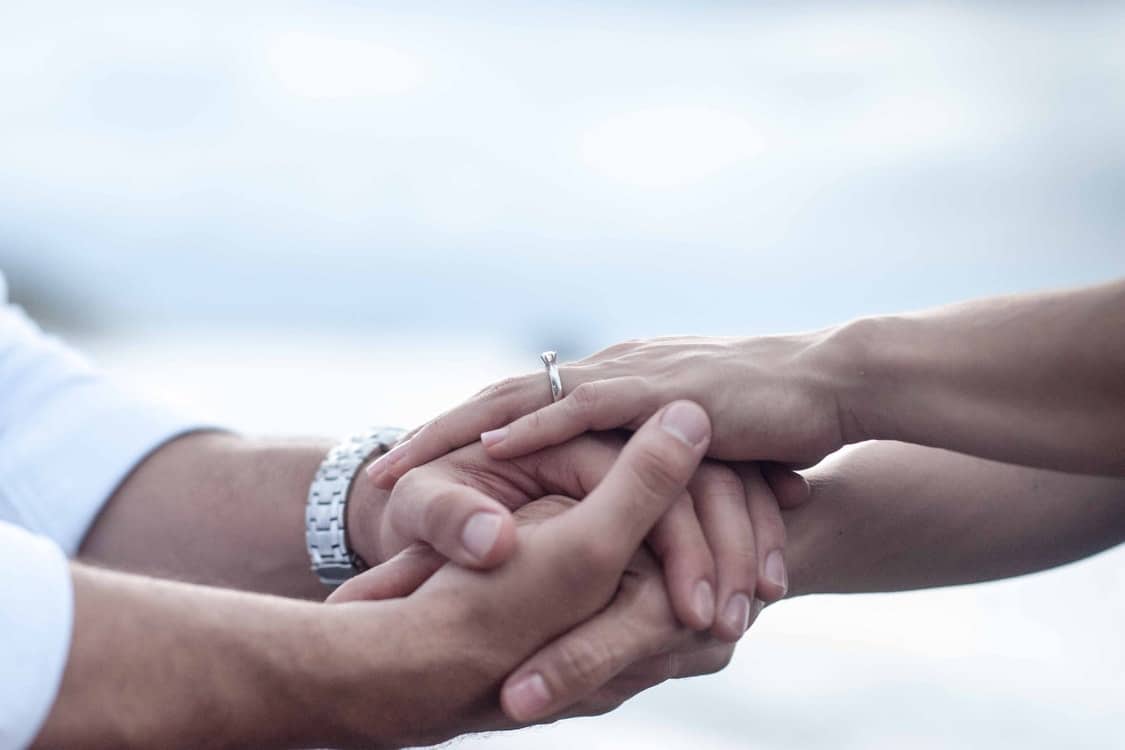
The tradition of women’s wedding rings dates back to the Neanderthal era, where women wore rings made from twigs and grass around their waists to signify loyalty to their partners.
In Ancient Egypt, materials such as reeds, rushes, and later, ivory, leather, and bone were used to create wedding rings that were exclusive to women.
History of Men’s Wedding Bands
It wasn’t until the 1940s that men began to wear wedding rings in America. This trend emerged during World War II when soldiers received sentimental rings from their spouses upon deployment.
These rings, typically simple in design, were symbolic reminders of what the men were fighting to protect—their families.
However, it’s important to note that other cultures had similar traditions with rings. In Romania, for instance, a traditional ceremony exists where both spouses gift a silver ring to the other on their 25th wedding anniversary.
The Emergence of the Double Ring Ceremony
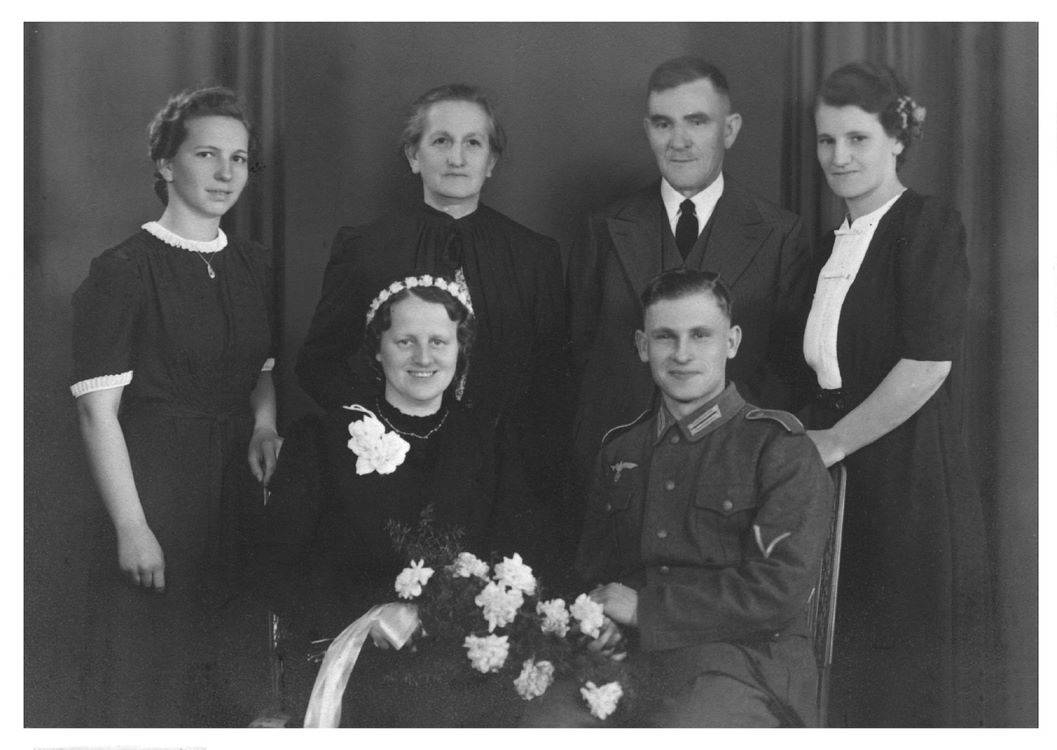
Prior to World War II, most marriage vows took place with one wedding ring. However, in the surge of marriage ceremonies after the Great Depression and World War II, both churches and retailers encouraged weddings involving two rings.
The practice appeared in Catholic, Unitarian, Baptist, and Methodist churches, among others and was then followed by civil ceremonies. For some, its purpose was to introduce a sense of equality to the ritual.
The jewelry industry also prospered due to the increase in weddings. The Jewelry Industry Publicity Board launched a wide campaign to promote a double ring service to boost sales.
Jewelry makers created a “masculine band” intended initially for wartime sentiments, initially as tokens of love and commitment. Over time, the groom’s band evolved to represent a man’s acceptance of domesticity and his new role as a husband and prospective father. Both bride and groom welcomed the concept, and over time, this trend of men wearing wedding bands gained popularity across cultures.
Selecting the Wedding Ring Design
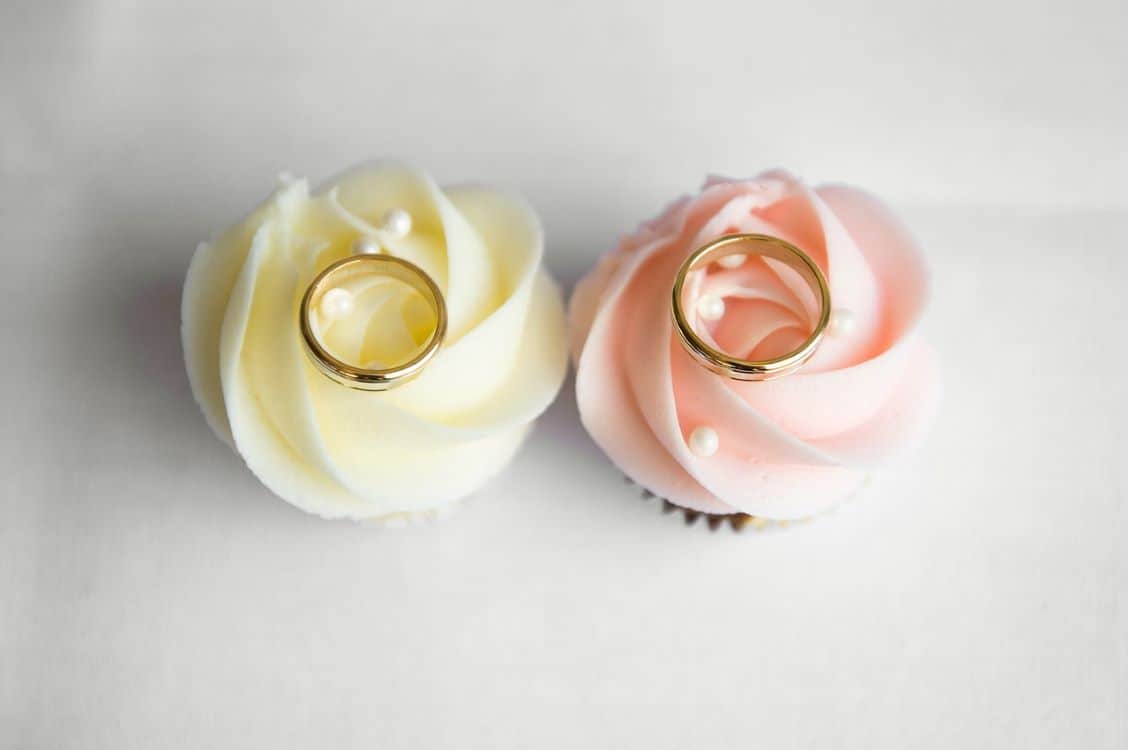
When it comes to design, there is a vast selection available in the current market. Some prefer a basic design, such as plain gold, while others opt for a rugged look with materials like iron or bronze.
Christians initially favored ornate and intricate designs, such as those featuring engravings of interlocking hands. However, the preference later transitioned to a more “spiritual” design—simple and clean.
Presently, matching rings have also piqued couples’ interest, leading them to select rings of similar or complementary designs.
Thus, wedding ring traditions continue to evolve, and ring design primarily depends on the wearer’s preference.
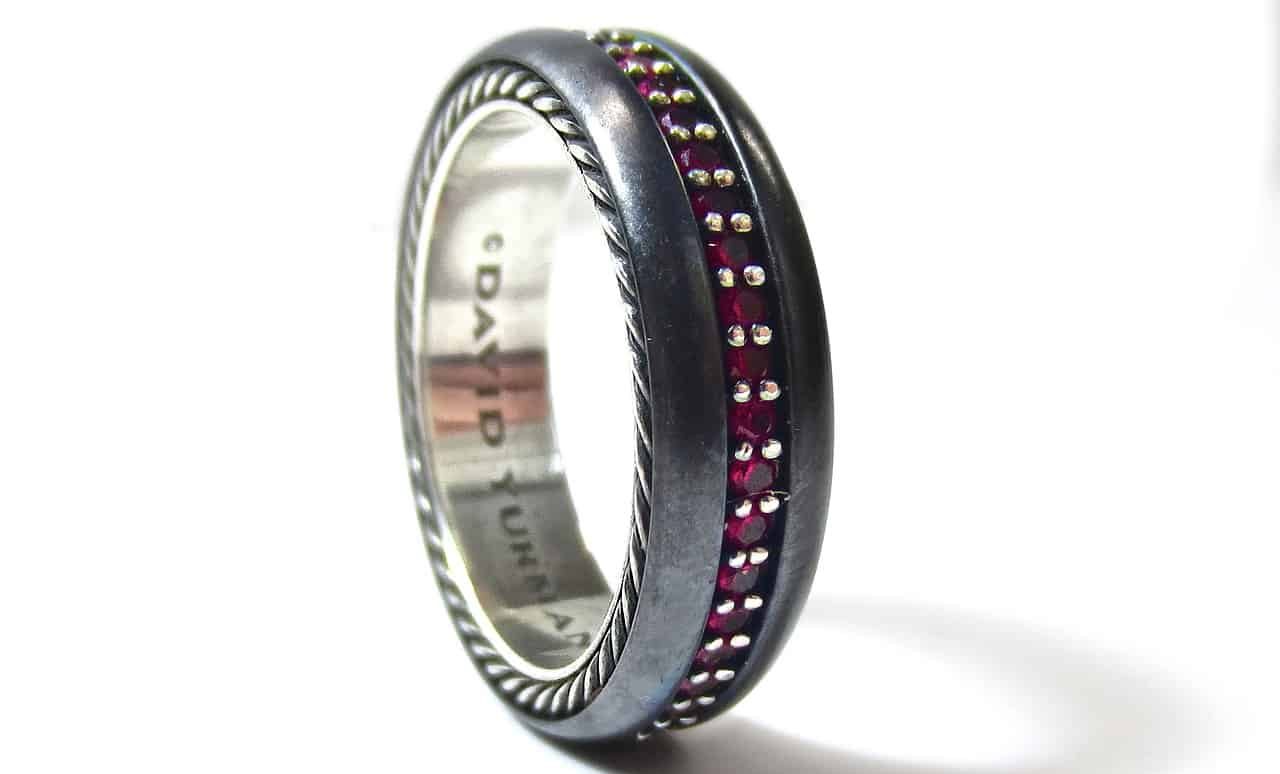
Consideration should also be given to the choice of metal as some are more durable than others. Tungsten, Ceramic, Titanium, and Platinum are currently listed as four of the strongest metals for wedding bands.
Other attributes worth considering are allergenicity, color options, and the capability for resizing. Some metals are more hypoallergenic, such as Platinum, while color options are often limited to the properties of the metal itself.
Certain materials, such as Tungsten, cannot be resized or repaired. This is also applicable to specific designs, such as eternity bands.
Wedding Ring Prices
On average, couples spend approximately $500 on men’s wedding bands and over $1000 on women’s rings.
The design and materials will determine the price of the band; a platinum band with diamond embellishments will undoubtedly be more expensive than a plain yellow gold one. Custom designs also tend to cost more. Some jewelry stores charge extra for personalized engravings, while others include it in the price.
Final Thoughts
So, who buys the groom’s ring? Ultimately, it is up to the couple to decide who purchases the groom’s wedding band. They can adhere to the traditional route or opt for a more modern approach, based on their financial capability.
As this tradition is still relatively new, it continues to evolve. The design, therefore, primarily depends on the preference, ideologies, and financial capacity of the wearer or buyer.